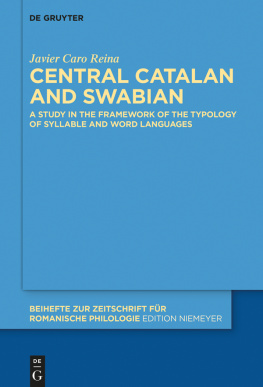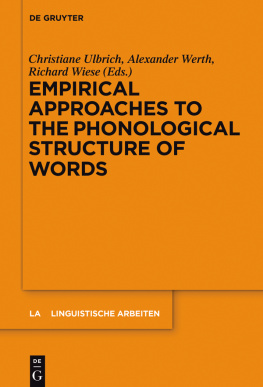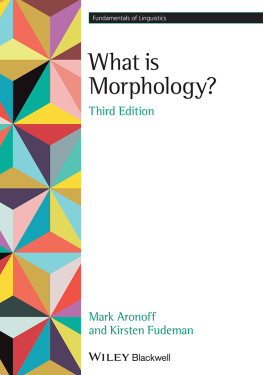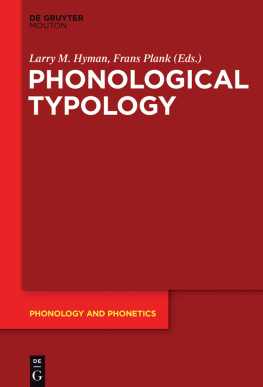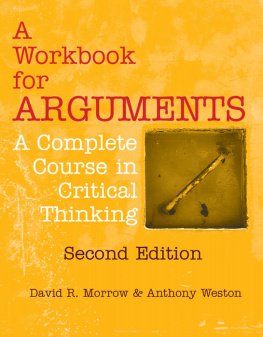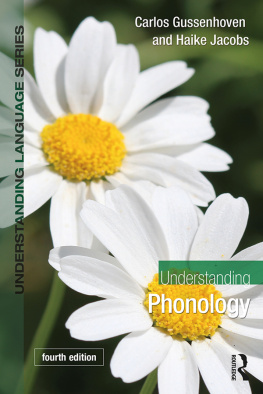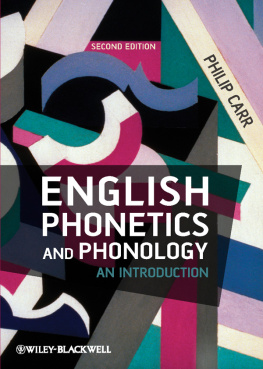For a list of titles published in the series, please see .
University Printing House, Cambridge CB2 8BS, United Kingdom
Published in the United States of America by Cambridge University Press, New York
Cambridge University Press is part of the University of Cambridge.
It furthers the Universitys mission by disseminating knowledge in the pursuit of education, learning, and research at the highest international levels of excellence.
www.cambridge.org
Information on this title: www.cambridge.org/9780521147408
Long Peng 2013
This publication is in copyright. Subject to statutory exception and to the provisions of relevant collective licensing agreements, no reproduction of any part may take place without the written permission of Cambridge University Press.
First published 2013
Printed in the United Kingdom by TJ International Ltd. Padstow Cornwall
A catalogue record for this publication is available from the British Library
Library of Congress Cataloging in Publication data
Peng, Long.
Analyzing Sound Patterns / Long Peng, State University of New York at Oswego.
pages cm. (Cambridge Textbooks In Linguistics)
Includes bibliographical references.
ISBN 978-0-521-19579-9 ISBN 978-0-521-14740-8
1. Grammar, Comparative and general Phonology. 2. Phonetics. 3. Morphology. I. Title.
P217.P43 2013
414dc23
2012050064
ISBN 978-0-521-19579-9 Hardback
ISBN 978-0-521-14740-8 Paperback
Cambridge University Press has no responsibility for the persistence or accuracy of URLs for external or third-party internet websites referred to in this publication, and does not guarantee that any content on such websites is, or will remain, accurate or appropriate.
Acknowledgments
My four-year project has come to an end and it is time to thank the people who helped me along the way. First, I would like to thank those who hired me to teach linguistics: Greg Carlson, K. P. and Tara Mohanan, Joyce McDonough, and Pamela Michel. Without opportunities to teach I would not have had the chance to interact with the graduate and undergraduate students I worked with at the University of Arizona, National University of Singapore, University of Rochester, Hong Kong Polytechnic University, and State University of New York at Oswego. They inspired me to write this textbook. Though I have forgotten many of their names, I still remember the questions they raised, the struggles they faced, and the tenacity they displayed when asked to tackle complex linguistic problems. So, I decided to take on the challenge of writing a textbook grounded on their needs, with a particular focus on the development of analytical abilities. My students continue to offer me opportunities to learn from them; they are still teaching me how to teach by their reactions and feedback on many of the materials discussed in this textbook. For all of this, I am deeply grateful.
Clearly, I would not have had the knowledge or ability to write this book had I not had the opportunities to study linguistics at Northern Arizona University and the University of Arizona. What opportunities they were! It was at these universities that I first developed an interest in linguistics and decided to pursue linguistics as a career. I am forever indebted to all my professors whom I have had the benefit to learn from: Diana Archangeli, Andy Barss, Dick Demers, Ann Farmer, Susan Foster, Bill Grabe, Chris Golston, Michael Hammond, Eloise Jelinek, Terry Langendoen, Dick Oehrle, Kurt Rice, Doug Saddy, and Susan Steele. Special thanks are due to Diana Archangeli and Michael Hammond, without whom I would never have become a phonologist. They not only aroused my interest in phonology with their passion and dedication, but also taught me everything I know about phonology. I did not learn linguistics alone. The support and encouragement from many of my classmates at the University of Arizona were crucial to me in completing my Ph.D. I would like to thank, in particular, Jean Ann, David Basilico, Tom Bourgeois, Megan Crowhurst, Ken Drozd, Colleen Fitzgerald, Kaz Fukushima, Chip Gerfen, Lee Fulmer, Larry Hagberg, Masahide Ishihara, Jorge Lemus, Diane Meador, Raquel Mejia, Husni Muadz, James Myers, Shaun OConnor, Diane Ohala, Pat Prez, Pilar Piar, Prapa Sookgasem, Cari Spring, Jane Tsay, Wendy Wiswall, Kyoko Yoshimura, and Steven Zepp.
Over the years, I have had opportunities to interact with many individuals, as colleagues or fellow linguists. These interactions, through work, conferences, and/or emails, have taught me a lot about linguistics and phonology. I would like to acknowledge, in particular, Alex Alsina, Zhiming Bao, Kristin Denham, Laura Downing, May Fan, James Huang, Tony Hung, Ping Jiang-King, Anne Lobeck, Douglas Pulleyblank, Jane Setter, Elaine Sweeney, Lian-hee Wee, Cathy Wong, Jenny Wong, and my education colleagues of Curriculum and Instruction Department at SUNY Oswego.
I was fortunate enough to be granted a sabbatical from SUNY Oswego. It enabled me to develop the book proposal and the first nine chapters of this book. Without the time made possible by the sabbatical, I would still be working on this book. I would like to express my thanks to Pamela Michel (then my chair and now dean of the School of Education), former dean of the School of Education Linda Rae Markert, and former provost of SUNY Oswego, Susan Coultrap-McQuin, for granting me this precious sabbatical.
This textbook benefited a great deal from the support, comments and recommendations of four anonymous reviewers, two editors (Keren Rice and Neil Smith), and my commissioning editor, Helen Barton, of Cambridge University Press. Their support and recommendations are responsible for several key features of this book as well as the addition of new content, though it goes without saying that I alone am responsible for the problems and errors that remain. I am particularly grateful to Helen Barton. I could not have asked for a better editor and contact person than Helen. She was always there to answer my questions, and to solve the problems I created. Without Helens encouragement, patience, and professionalism, I probably would not have been able to complete this book.


